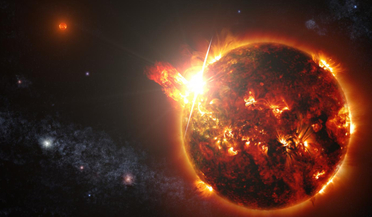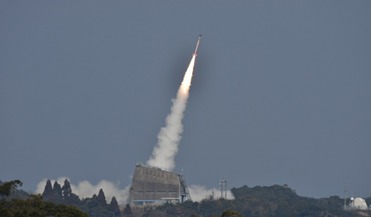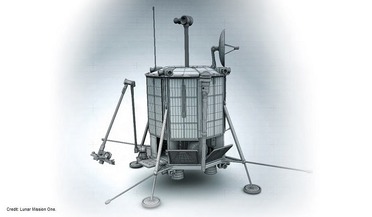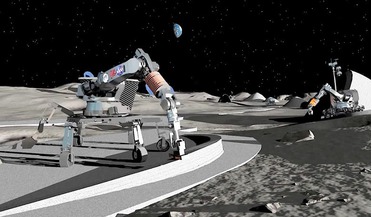 23 December 2020
Harmful stellar flares might not prevent life on exoplanets after all, new study says
23 December 2020
Harmful stellar flares might not prevent life on exoplanets after all, new study says
... discovered an exoplanet around our nearest star four years ago, it seemed the perfect object in which to mount an exploration mission in the hopes of finding life. But then further studies showed that Proxima b was subjected to regular outbursts...
 28 July 2021
Japan successfully tests rocket engine propelled by shock waves
28 July 2021
Japan successfully tests rocket engine propelled by shock waves
... use in about five years, would be able to operate for extended periods of time for use on deep-space exploration missions.
 June 2015
Lunar Mission One: crowdfunding endeavour and drilling on the Moon
June 2015
Lunar Mission One: crowdfunding endeavour and drilling on the Moon
... by the extent of that engagement. Like others, I see Government continuing to lead the more risky but pioneering exploration missions. Industry follows when the business cases mature. Going from one to the other will inevitably involve...
 October 2015
Copernicus, ESA’s most ambitious Earth Observation programme
October 2015
Copernicus, ESA’s most ambitious Earth Observation programme
...for Envisat data. So far there are about 6500 Envisat User projects. Earth Explorer Missions The Earth Explorers are research missions designed to address key scientific challenges identified by the science community, while demonstrating breakthrough...
 March 2016
The Use of 3D Printing for Space Applications
March 2016
The Use of 3D Printing for Space Applications
... has just launched its own plastic printer prototype as a technology demonstration for long term manned exploration missions. As on the ISS, manned missions could carry 3D printers to ensure full self-reliance as they fly for months or years from...
... and imagination. System reliability is essential to the success of a mission but the external environment is a source of continuous discovery and surprises – otherwise why would we call it ‘exploration? – and to cope with this the system requires...